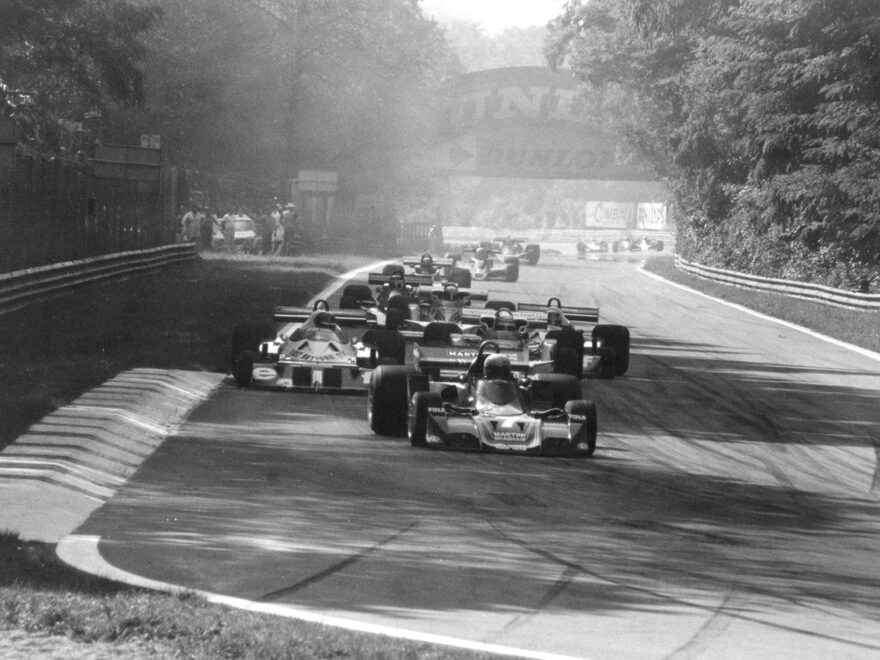Nestled in the heart of the Royal Villa of Monza Park, Italy, Monza Circuit (Autodromo Nazionale Monza) is not only hallowed ground for drivers and motorsport enthusiasts, but with over a century of racing history to draw from, it also holds the title of Europe’s oldest (and still used) racetrack.
The circuit was the brainwave of the Automobile Club of Milan, with the aim of celebrating their 25th anniversary, and although its first stone was laid by Vincenzo Lancia and Felice Nazzaro at the end of February 1922, due to ‘artistic and conservation delays’, work didn’t actually start until May 15 that same year.
Despite the slow start, the racetrack was built in the record time of 110 days, using 3500 workers, 200 wagons, 30 trucks and a 5 km Decauville railway with 2 locomotives and 80 wagons, and the track was officially opened on 3 September 1922, with its maiden race, the second Italian Grand Prix, held on 10 September 1922.
The original layout included a 5.5 km road track and a 4.5 km high-speed loop, featuring two elevated curves that allowed a theoretical maximum speed of 180/190 km per hour; all connected by two straights 1.07 km long each. The two tracks intersected on two levels by means of an underpass in the Serraglio area.
Things didn’t start too well for Monza, with 4 deaths in the first couple of years, however, a more infamous tragedy struck the rapid-paced racetrack in 1928, when during the Italian Grand Prix, Emilio Materassi crashed his Talbot into the grandstand killing himself and 27 spectators. Deemed ‘the most serious Italian racing accident to date’, the accident led to further Grand Prix races being confined to the high-speed loop and the Italian Grand Prix not being held there again until 1931.
The 1933 Italian Grand Prix was again held on the original layout but the event was tarnished by the deaths of three drivers in the supporting Monza Grand Prix held on the same day – this became known as the ‘Black Day of Monza’.
In 1938 Monza’s road layout was modified, this included the demolition of the two elevated curves and the construction of a new grandstand. This new circuit measured 6.3km and was used until the end of 1954.
In 1955 the entire complex of Monza was transformed, becoming a 10km circuit that included a restored road sector and a high-speed sector for competitions and record attempts. A ring was created with two raised 320m radius curves that followed the original layout, characterised by a growing ‘parabolic’ radius towards the exit. With the improvements, Monza now boasted a theoretical maximum speed of approximately 285 km/h – 100 km/h faster than before.
F1 used the high speed track between ‘55 and ‘61 Grand Prix, with Stirling Moss and Phil Hill both winning twice in this period, however, tragedy struck again in 1961 with the death of Wolfgang von Trips and fifteen spectators, and although the accident did not occur on the oval section of the track, the high speeds were deemed unsafe and F1’s use of the oval was ended.
Thankfully racing has continued at Monza and over the years, chicanes and run-offs have been added in order to slow the track somewhat and improve its safety, however, it remains a challenging circuit that thrills and delights all involved, plus, with the current track record being held by Rubens Barrichello (1’21”046, at an average of 257.320 km/h), it’s arguably one of the fastest racetracks in the world – Bonza.
Dave McLeod – Motoring Writer


